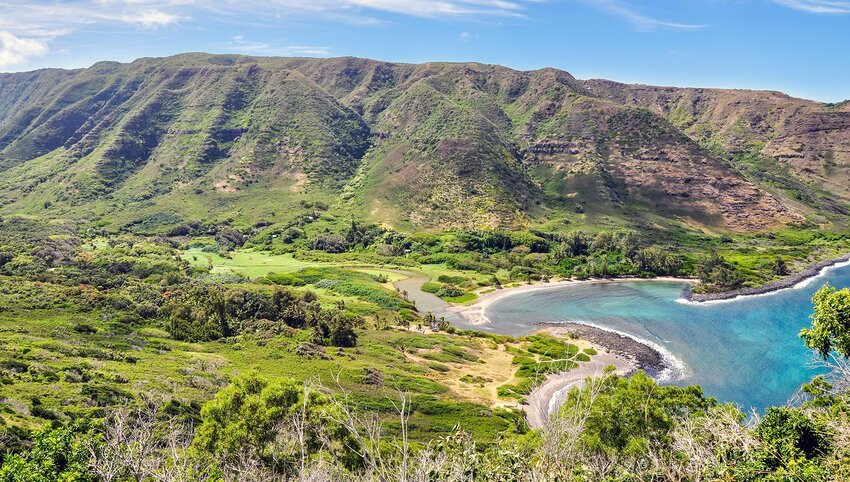Many of us live in densely populated urban settings, spending our days alongside lots of other people. So on some getaways, we really want to get away — somewhere remote that could never be considered crowded. Fortunately the United States is a sprawling country, offering boundless opportunities to escape civilization, reconnect with nature, and enjoy some peace and quiet. And remote doesn’t always have to mean far ... some great locations can be found only a few hours from bustling cities. Here are five destinations perfect for the next time you want a little space.
High Peaks Wilderness, New York
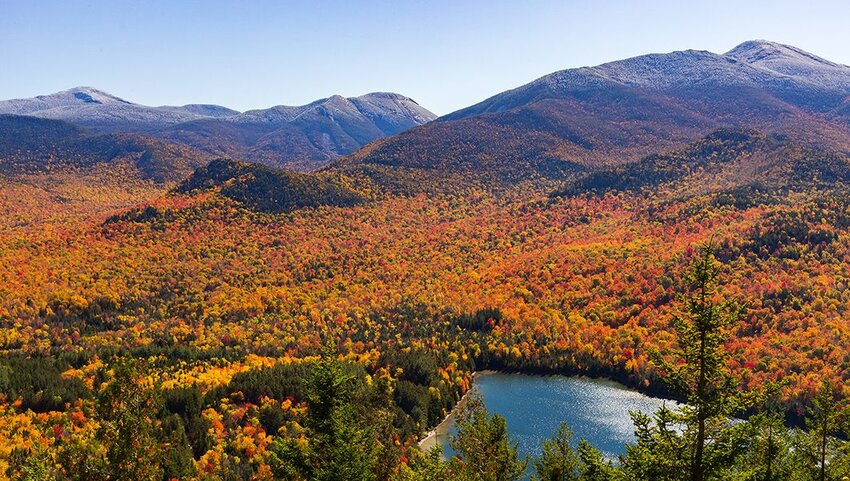
"Uncrowded" isn’t the first word that comes to mind when you think New York, but the High Peaks Wilderness of the Empire State’s Adirondack Park will surprise you. The six million acres are part of New York’s Forest Preserve, and — amazingly — comprise the largest publicly protected area in the continental United States. (Though not a national park, it covers an area larger than Yellowstone. And the Grand Canyon. And Yosemite. Combined.) The park contains mountains, wetlands, old-growth forests dotted with 10,000 lakes, and traversed by 30,000 miles of rivers and streams.
Adirondack is unique in that a little more than half the protected area is privately owned, with inholdings and communities like Lake Placid, which hosted the Winter Olympics in 1932 and 1980. Additionally, the nearby Seward Range in the High Peaks Wilderness Area offers challenging hiking where you may not see another soul. The park appeals in all seasons, with whitewater rafting, spectacular fall foliage, snowsports and, when spring arrives, the sweet treat of maple sugaring.
Felsenthal National Wildlife Refuge, Arkansas
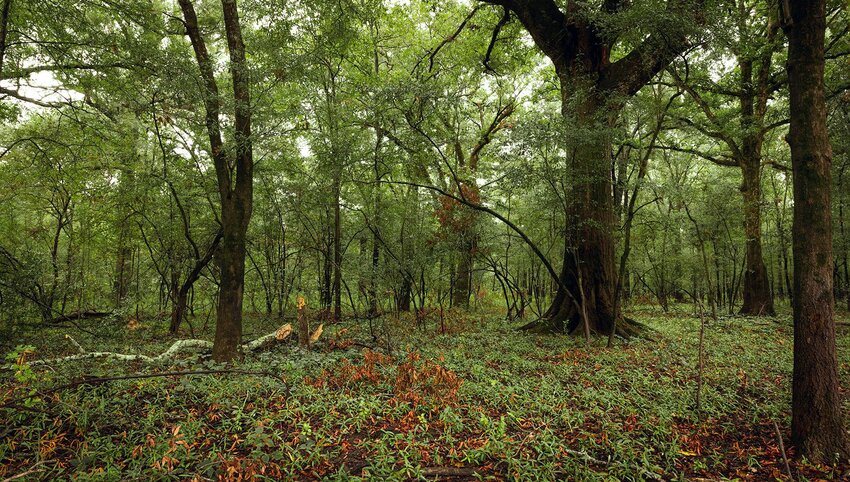
This remote refuge in the Arkansas delta gives new meaning to the term "forest bathing" — as the trees are literally bathed during fall and winter. Established in 1975 to mitigate the impacts of a navigation project and dam on the Ouachita River, the bottomland hardwood forest in the 65,000-acre refuge is periodically flooded by the Army Corps of Engineers, creating the world’s largest green tree reservoir. The flooded areas provide an excellent habitat for the 75,000-plus waterfowl that overwinter in the refuge. Felsenthal also contains an upland pine and hardwood forest on the higher ridges, which, along with the wetlands, supports more than 1,150 species of plants and animals, including the endangered Red-cockaded woodpecker along with bald eagles, beavers, coyote and nutria.
The entire refuge is traversed by trails for boating, hiking, biking, and ATVs, and there are several boat ramps and primitive campgrounds. Fishing, frogging, and the taking of crawfish are permitted year-round, as well as duck, deer, and turkey hunting in the appropriate seasons. The refuge contains a small visitors center, and supplies can be purchased in the nearby town of Crossett (population 5,000).
Moloka'i Island, Hawai’i
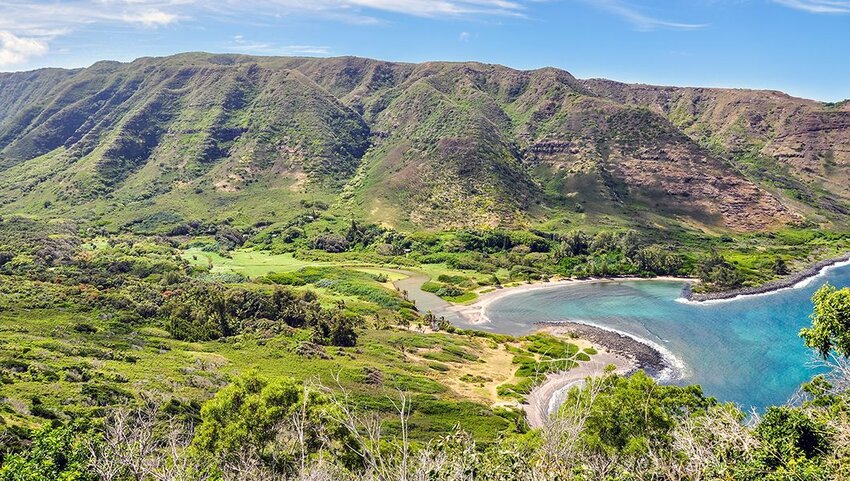
It may not be your own private island, but small and blissful Moloka'i comes pretty close. Only a short flight from Oahu or Maui, "the Friendly Isle" is populated mostly by native Hawaiians and has a peaceful, laid-back vibe that will make you feel like you’ve stepped into a tropical time machine and emerged 50 years ago. The island proudly boasts that there’s only one hotel, no building taller than a palm tree, and extolls its lack of “glitz and glamour.”
What Moloka’i does have is the longest (30 miles) coral reef in the main Hawaiian islands, and its relative lack of development has kept the water clear and the marine environment healthy. Divers and snorkelers can expect large sea turtles, spotted eagle rays, moray eels, and colorful coral. Go trekking through the untouched rainforest to discover plunging waterfalls, then relax on uncrowded Pāpōhaku, one of the state’s largest beaches. On the island’s remote northern side, you’ll find the world’s highest sea cliffs on the Kalaupapa peninsula, jutting up to 4,000 feet above the sapphire-blue Pacific. Don’t miss a guided hike through the Halawa Valley, one of the first places settled by the Polynesians around 650 CE. You’ll pass through cultivated taro ponds and the ruins of ancient temples before reaching the sacred waterfall Mo’oula. Float a ti leaf in the water as an offering to the giant lizard that legend says lives at the bottom, then enjoy a refreshing swim in the pool below the falls.
Grand Staircase - Escalante National Monument, Utah
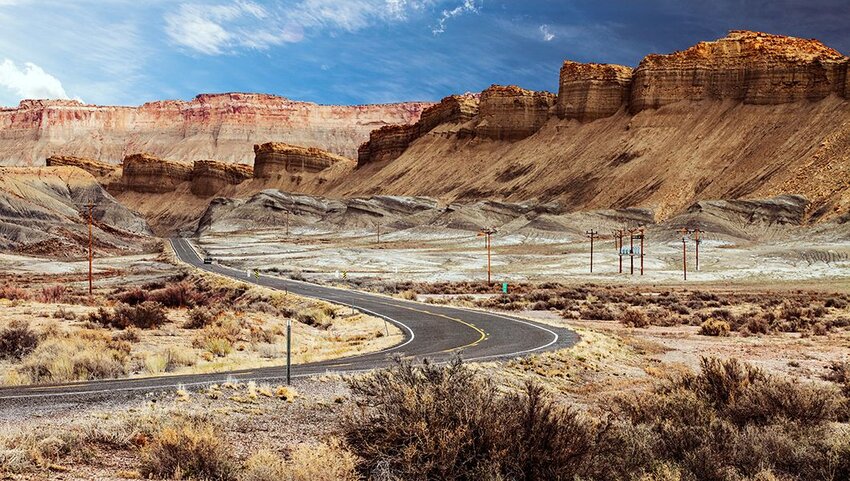
This part of southern Utah is breathtaking even viewed through a windshield while winding along Scenic Byway 12, but you will definitely want to get out of the car to experience the national monument protecting the 1.87 million acres of multi-colored majesty of the Grand Staircase, the golden slot canyons of the Escalante River, and the Kaiparowits Plateau. The first two attractions are well-known (albeit uncrowded), but the plateau may be the most unexplored spot in the state. Roadless and rugged, Kaiparowits rises 2,000 feet above the desert floor, and is 60 miles in length. "Harsh" doesn’t even begin to describe the mercilessly arid terrain, but the place names (Carcass Canyon, Death Gulch, The Scorpion, Harvey's Fear) tell the story.
While inhospitable to modern humans, at least 300 archeological sites showing habitation by Fremont and Ancestral Puebloan people have been recorded on the Kaiparowits Plateau. And the conditions are ripe for other lifeforms: Bureau of Land Management wildlife studies show 841 species of plants (including ancient junipers and pinon trees) along with “as many as 59 species of mammals, 200 species of birds, and 46 species of reptiles and amphibians.”
Adak Island, Alaska
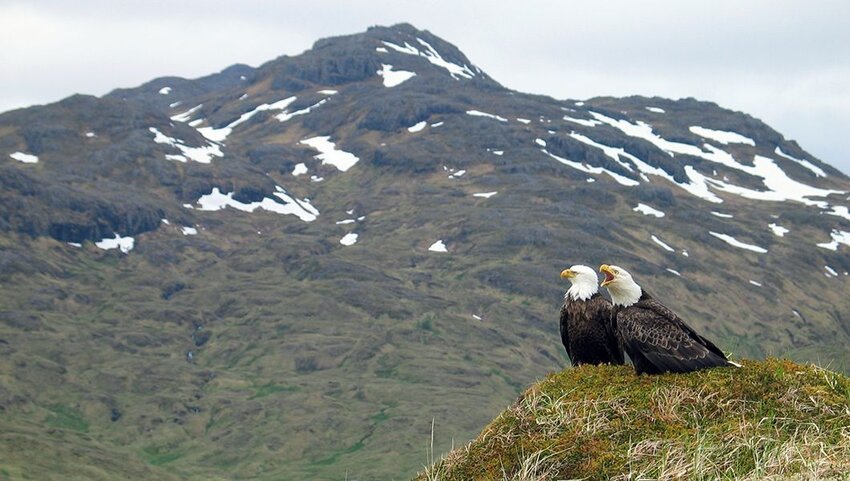
There’s regular remote, and there’s Alaska remote ... and then there’s Adak Island, which makes the mainland part of the 49th state seem downright crowded. Located 1,200 miles southwest of Anchorage in the Bering Sea, Alaska’s southernmost town and the westernmost municipality in the United States is, to put it mildly, out of the way. Adak was home to the Aleut people before becoming a American naval station in WWII — when the island’s population included 90,000 military personnel — and remained a strategic outpost during the Cold War. The Navy decommissioned its base in 1997, and there now remain fewer than 90 full-time year-round residents on the island, who live surrounded by decaying military housing and connected to the outside world by twice-weekly Alaska Air flights.
Despite the ghost-town feel, the lush island has much to offer. The southern part is protected as part of the Alaska Maritime Wildlife Refuge. Birdwatchers flock from all over the globe to observe bald eagles, gyrfalcon, geese, eiders and the Naumann’s Thrush, an exceedingly rare Asian songbird. Hunters come to bring down trophy-sized caribou, which were introduced on the island during WWII to serve as an emergency food source, and the fishing is phenomenal. There are also hot springs to be found right at the shore (Mount Adagdak sits at the northern tip of the island), and allegedly, a buried treasure of pirate gold worth a cool 350 million.

